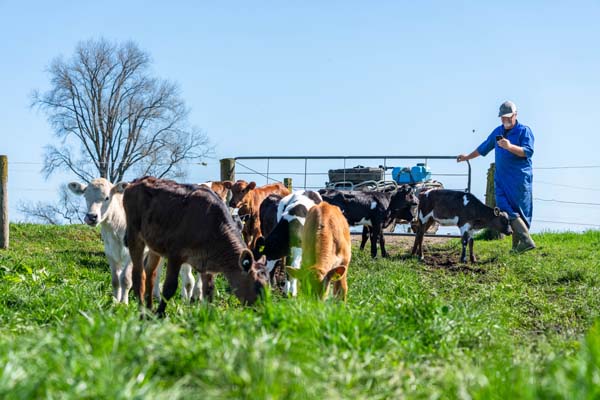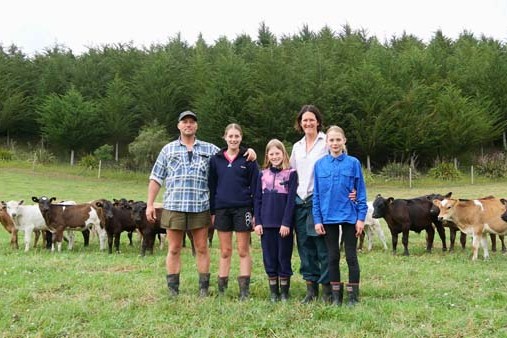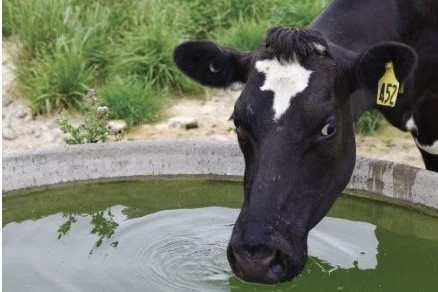The New Zealand Grassland Association has delivered grassland research to NZ farmers for the past 75 years. This year the association’s conference was held in Whanganui with a theme “A river runs through it”. Jackie Harrigan went along to pick up some good science.
For broadacre agriculture in the New Zealand grassland ecosystem, pesticides were never going to provide a complete answer, Grasslands conference 2017 Levy Orator Stephen Goldson said.
Early on in his career Goldson was a reluctant grassland entomologist but reflected on his satisfaction of working with “a trio of invasive weevils” over his career and the introduction of biological control agents and plant resistance to help control the Argentine stem weevil, clover root weevil and the lucerne weevil. The nearly 40-year AgResearch scientist explained the lack of ecological complexity in NZ pastures, how invasive pests find it easy to gain a foothold due to the incomplete transplant of European plants and how the grassland ecosystem does not interact with the adjacent native ecosystem. Commenting on how lucky he was to be employed at a time when he and fellow scientists could work on long-term research, he also decried the current fragmented short-term funding model for research.
Winter milking
Tai Chikazhe, of DairyNZ, reported how winter milking can increase profitability, but that it was more suited to regions hit with dry summers on properties that grow more pasture in winter than
summer, with free-draining soils and good infrastructure.
With winter milk premiums driven by UHT milk demand in China, Chikazhe suggested farmers who can make a profitable change to winter milking without the winter premium are more
sustainable than those who rely on the premium, saying farmers need a good understanding of their pasture growth profile and feed costs along with system change costs to carry out a full sensitivity analysis of changing to winter milk production.
Reducing N hotspots
Reducing nitrogen concentrations and potential loss around troughs and gateways could be as simple as using non-N application zones around these areas. Nitrogen applied close to gates
and troughs runs the risk of not being taken up by plants due to irrigation exclusion, dryness and denuding of pasture, trampling by animals and higher faecal and urine N application by cows
moving through these areas.
Armin Werner, Lincoln Agritech group manager of precision agriculture, recommends a 10-12-metre exclusion zone around troughs, and up to 32m around gateways where nitrate-N levels could be markedly different to paddocks levels, and definitely nonapplication in any areas where pasture is not growing.
Poor ryegrass persistence
Farmers in parts of the upper North Island will be pleased to know they can’t be blamed for the poor persistence of perennial ryegrass in pastures. David Chapman of DairyNZ
outlined research showing pastures analysed over six years showed the species was only a three or four-year option due to environment, climate and pest interactions with particular
soil types, despite using best-practice ryegrass/endophyte genetics and management.
A 32% reduction in larvae in the lime treatments compared with control treatments is likely to have lessened the impact of black beetle damage on drymatter production in summer and
early autumn, ryegrass persistence and weed invasion.
Interestingly the first report of liming helping to control black beetle was by Oemeed in South Africa in 1889, but more understanding was needed about the interaction between lime and soil-dwelling pests. Gerard and Wilson showed that while liming was not a cure-all for black beetle, the application of agricultural lime at five tonnes /ha and optimising pH 6 can help mitigate beetle damage and promote pasture vigour to withstand the pest with an effect persisting at least into the second year.
Reducing N fertiliser alters dairy shed effluent
A farmer-funded observational study across seven irrigated Canterbury dairy farms investigated the difference between high-N farms (>100kg N applied/ha/year) and low-N farms (<50kg N applied/ha/year) in terms of total N concentration, N form, mineral nutrient concentration and pH, with anecdotal observations on effluent odour.
The study was to test the hypothesis that reducing N fertiliser would result in a more nutritionally balanced effluent (N:P ratio) , causing microbes to multiply more rapidly, lowering pH, storing N in microbial biomass, reducing ammonia emissions and odour and reducing the risk of N leaching from effluent applied to pasture.
The study showed clear and significant differences in the form of N in effluent on the high and low N farms although the total effluent concentration was comparable between both classes.
Low-fert properties had a higher proportion of N in organic forms (75%) compared with ammoniacal-N than high-fert properties (59%).
Low-fert effluent also had a lower pH, higher P concentration and nearer optimal N:P ratio than effluent from high-fert properties.
Organic N is a slow release form of N that results in lower losses of N to water than ammonia-N, so effluent higher in organic N could cause lower losses than effluent high in ammonia-N.
An effluent higher in organic N content can also be expected to increase longterm pasture production.
Reductions in applied-N rates may reduce N-loss from land-applied dairy shed effluent and may increase pasture production on paddocks receiving effluent. Farm staff on the
properties included in the study using the low rates of N fertiliser noticed a reduced odour in the milking shed and a reduction in the immediate visible pasture response.
A further controlled study is needed to confirm the effects and to better understand the mechanisms driving the observations.




